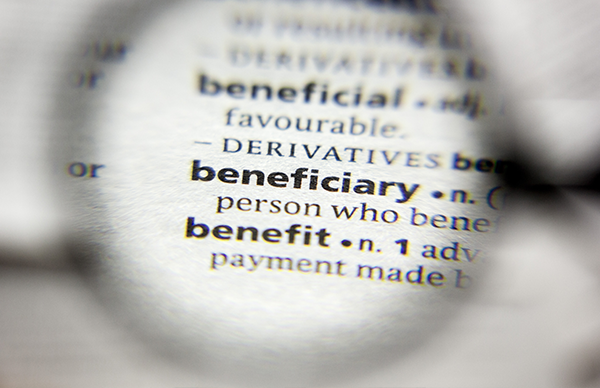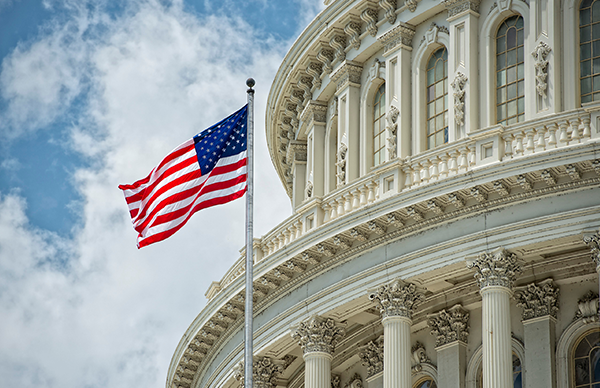All 401(k) plan contributions have deposit deadlines, and it’s up to 401(k) fiduciaries to meet them. Yet, many are unclear about the deadlines applicable to their 401(k) plan. That confusion can easily lead to late contributions.
Most of the confusion surrounds the deadline to deposit amounts withheld from employee wages, i.e., 401(k) pre-tax, 401(k) Roth, and/or participant loan repayments. Passed into law in 2004, the Department of Labor (DOL) set forth the rules to comply with the safe harbor for depositing these amounts in 29 CFR 2510.2-102. The rule states that the deposit deadline is “the earliest date on which such amounts could reasonably be segregated from the Employer’s general assets but in no event later than the 15th business day of the month following the month in which the participant contributions were withheld or received by the Employer.” In actuality, the DOL focuses heavily on the earliest date on which such amounts could reasonably be segregated from the Employer’s general assets, which in most cases is earlier than the 15-day timeframe mentioned in the regulation.
Making Timely Deposits is a Fiduciary Duty
Fiduciaries are responsible for making timely deposits. Failing to do so results in what’s called a “prohibited transaction” because the DOL views those contributions to be improperly commingled with your general funds. In the event that a late contribution occurs, the plan sponsor must:
- Make up earnings that the employee contributions may have accumulated had they been deposited on time
- Pay an accompanying 15% excise tax
You should keep us abreast of any possible delinquent contributions so that corrections are handled properly.
Clarity for Small Plans
On January 13, 2010, the DOL finalized a safe harbor deposit deadline for “small” plans—those with less than 100 participants at the beginning of the given year. Contributions to the plan are considered timely if deposited by no later than the 7th business day following the pay date.
Although failing to follow the safe harbor deadlines does not necessarily violate any regulations, you may be required, upon audit, to demonstrate that all deposits were made as soon as administratively feasible for your company and/or industry.
Depositing contributions within the new safe harbor guidelines automatically satisfies the timeliness requirement and eliminates the interpretation of the previous guidelines.
©2019 Benefit Insights, LLC All rights reserved.







